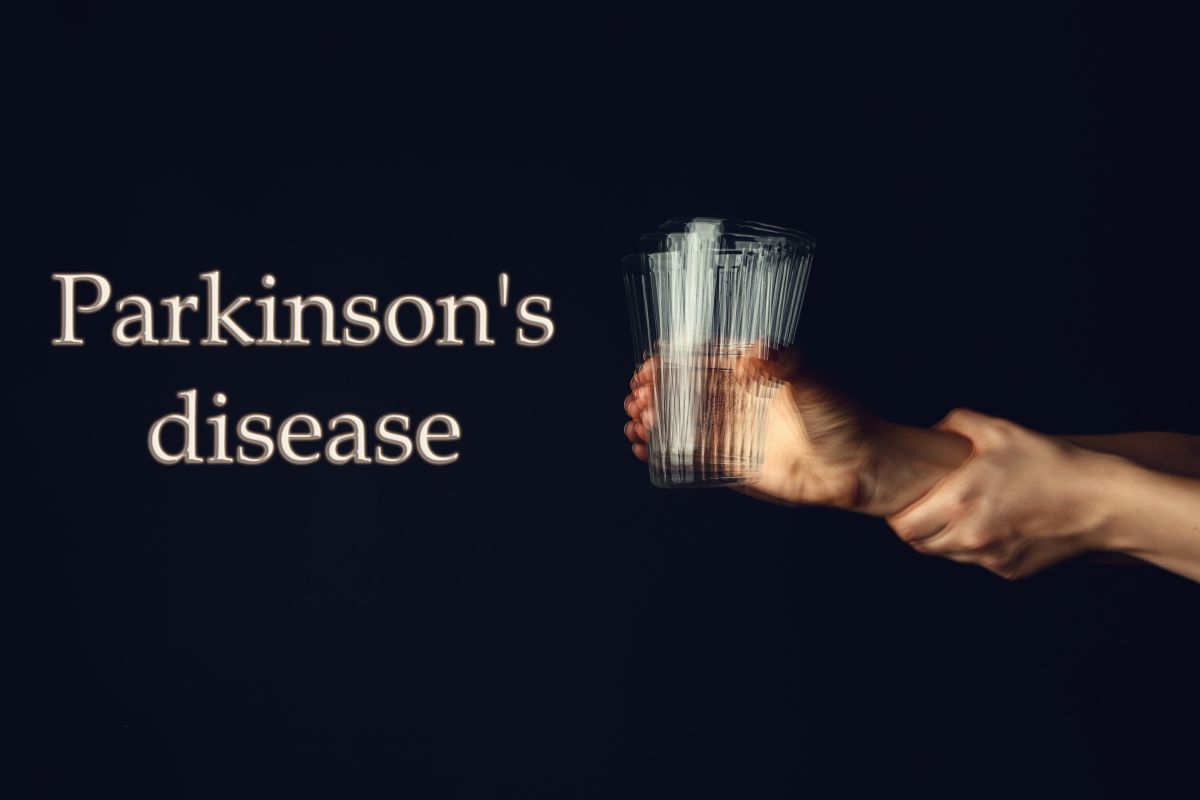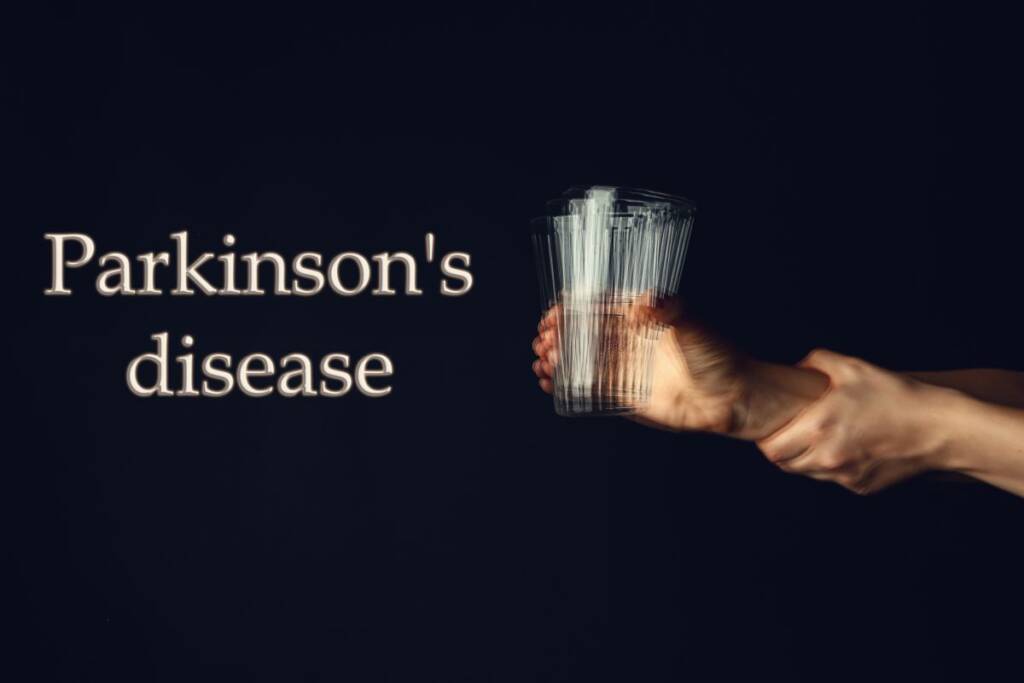Health
Parkinson’s disease: what it is, what are the symptoms and possible therapies

Parkinson's disease is a degenerative disease of the nervous system. Let's find out what the origins are and everything that is important to know about it.
Parkinson's disease is undoubtedly one of the best known degenerative diseases. Described for the first time as "agitating paralysis", the disease then took the name of its discoverer who accurately described the various symptoms. To date, Parkinson's disease is a highly widespread disease and for which there is still no definitive cure. There are, however, some treatments that can help slow it down and alleviate the symptoms as much as possible.
Parkinson's disease: what a degenerative disease it is
Parkinson's disease is linked to movements that are increasingly altered over time to the point of making it extremely difficult to walk , talk or complete the simplest and most daily actions. It is specifically a chronic, progressive and irreversible disease.

According to some studies there are correlations that lead to think of a sort of inheritance. However, this has not yet been fully ascertained since it does not occur frequently.
To date, therefore, the scientific community tends to consider this disease as the result of a genetic predisposition to which certain exposures to environmental factors are added which can trigger its evolution.
Finally, it is important to remember that Parkinson's disease is only the most common form of parkinsonism, i.e. a group of diseases that are very similar to each other but which are divided between those without an apparent cause and those which, instead, derive from certain already existing diseases. Having one or more symptoms, therefore, does not lead directly to the diagnosis of Parkinson's disease but could be linked to a form of parkinsonism that needs to be ascertained and verified.
In general, Parkinson's disease, as well as other diseases related to parkinsonism, are related to symptoms such as stiffness in the limbs , trembling of the hands or other parts of the body, slowness of movement and unsteadiness or poor balance.
Possible causes of Parkinson's disease
Parkinson's disease is linked to the chronic and progressive degeneration of some structures of the central nervous system. More common in men than in women, it currently appears to be widespread throughout the world with a particular presence in developed countries.
In some cases, its occurrence has been associated with head trauma, exposure to toxic substances and problems such as cerebral atherosclerosis. Furthermore, it is a disease that appears or worsens with age. In many people, the first symptoms are noticed around the age of 60 even if it cannot be excluded that some appear much earlier but in a very little evident way.
Although it is not one of the hereditary diseases, anyone who has more than one relative suffering from it is to be considered at risk. However, this risk has a very low percentage.
Finally, it is possible that some of the problems described above may arise at a young age. In this case we speak of juvenile parkinsonism , widespread mostly in Japan and whose symptoms can be kept at bay with a drug. In this case, however, there is no explicit mention of Parkinson's disease and the cause seems to be linked to the mutation of a gene.
Symptoms of Parkinson's disease
Returning to Parkinson's disease, the symptoms are different and tend to present initially in a mild form and then in an increasingly evident way.
Among the best known are:
– Trembling
– Stiffness of the limbs
– Slowed movements
– Poor muscle flexibility
When it is still in its infancy, the disease can therefore manifest itself sporadically and with problems that can easily be underestimated. These include mild tremors, difficulty getting up from a chair or sofa, change in speech pattern, progressive tiredness, and handwriting that tends to get smaller and harder to read. To these symptoms are added some of an emotional type such as irritability for no reason or depression.
As the disease progresses it goes on with lack of smell, lack of expression, difficulty chewing or swallowing. Added to this are the changes in language and the increasingly evident stiffness. Among the lesser known symptoms there are also sleep disturbances , skin that tends to become oilier and the presence of constipation or incontinence. Then there are the so-called Parkinsonian gait symptoms. These are recognizable by small, fast steps, the tendency to lean forward and the increasingly reduced swing of the arms.
It's important to always remember that these symptoms tend to present differently from person to person. And which, at the same time, can also have an entity that varies on the basis of various factors.

How to recognize Parkinson's disease and what are the therapies
Although in some cases family members or directly those who suffer from it may find themselves having doubts about it, what usually leads to the recognition of the disease is the presence of increasingly constant and widespread tremors. In particular, among the symptoms that, if all together, increase the probability of being faced with this disease are tremor, muscle stiffness and slowness of movement.
Generally, faced with these symptoms, the doctor prepares a whole series of tests (there is even a robotic glove that seems to diagnose it in advance) which he can associate with the temporary intake of levodopa. The latter is a drug that acts directly on the symptoms of Parkinson's and which, therefore, if able to reduce them, can in its own way confirm the presence of the disease.
Unfortunately, today, there is still no cure for Parkinson's.
However, there are some therapies such as levodopa or others that can rebalance dopamine levels. Which acts directly on the symptoms by relieving them.
In more serious and rare cases it has been found that an operation on the brain (pallidotomy) can always act on the symptoms even if it does not represent a cure.
Fortunately, many cases require treatment only several years after the diagnosis of this pathology. Also, in some people, the disease takes 20 years or more to progress to become severe. However, it should be remembered that it is still a progressive disease and that it is not yet possible to stop it completely at the moment.
Going to life estimates, those suffering from Parkinson's disease have the same chance of survival. Therefore, it is not a fatal disease. However, it should be remembered that over time it can worsen leading to problems which, if not taken in time, can still cause death. These include pneumonia and possible falls due to muscle stiffness.
Fortunately, research is always very active in this sense and it cannot be excluded that new possibilities will soon arrive. In the meantime, it is very important that those suffering from this disease have all the necessary treatments and the right psychological support. In fact, this will be used to face this path and to live life to the fullest even with the help of music and art which have proved to be truly precious.
Riproduzione riservata © - WT











